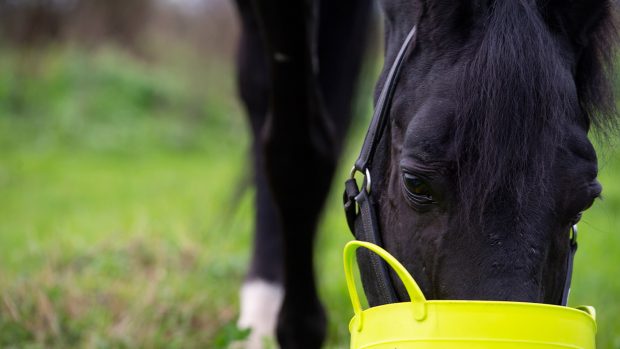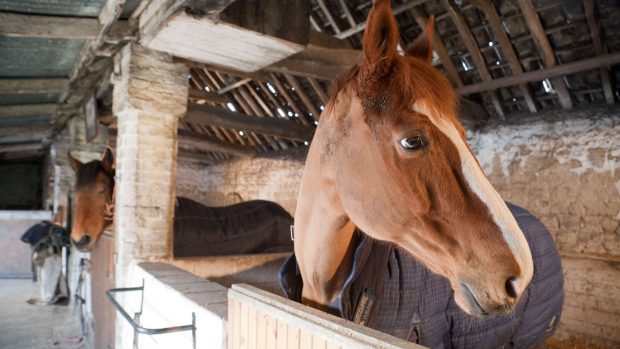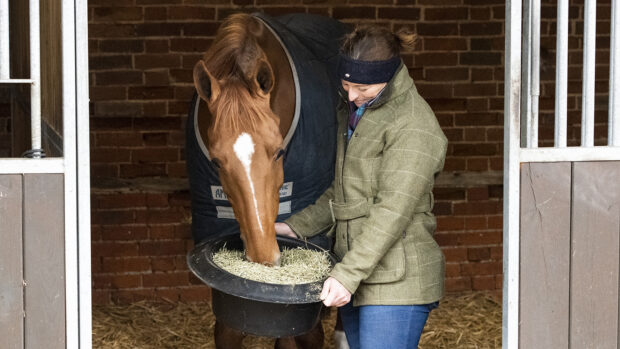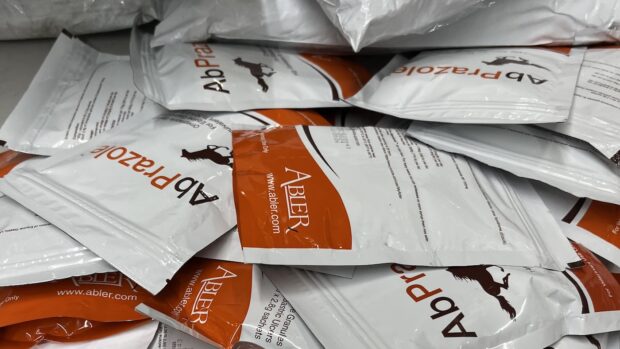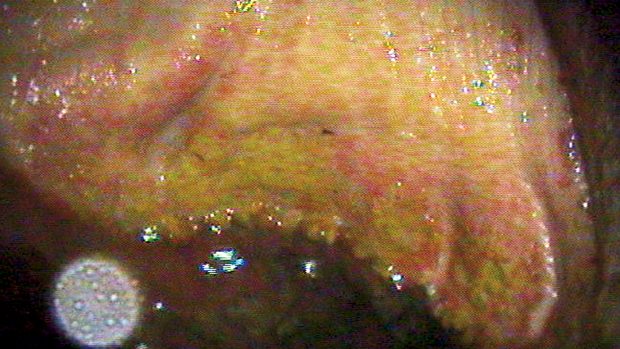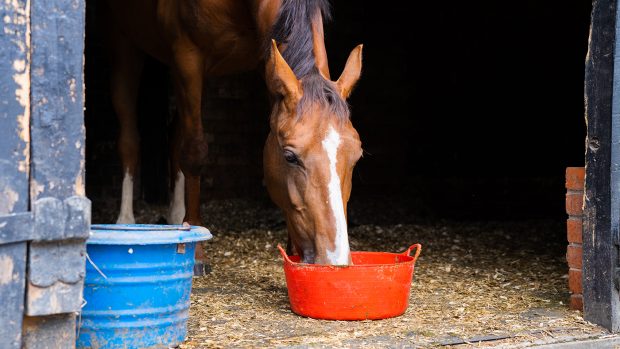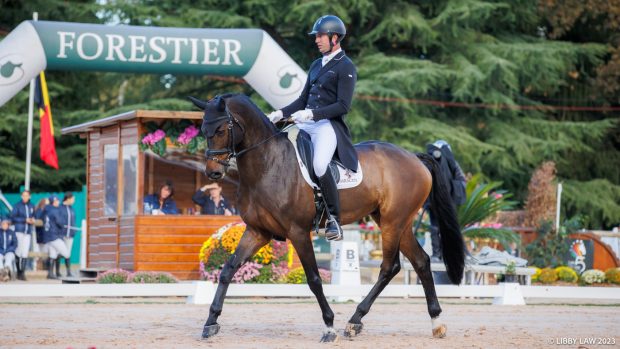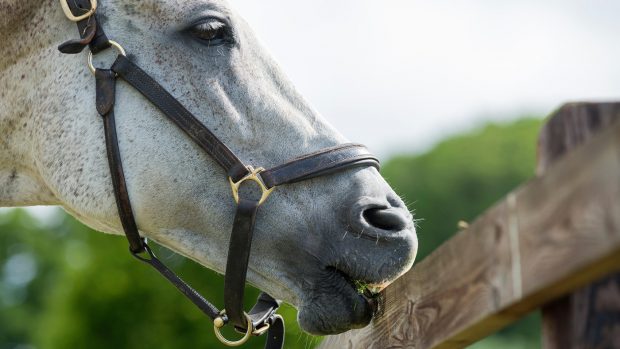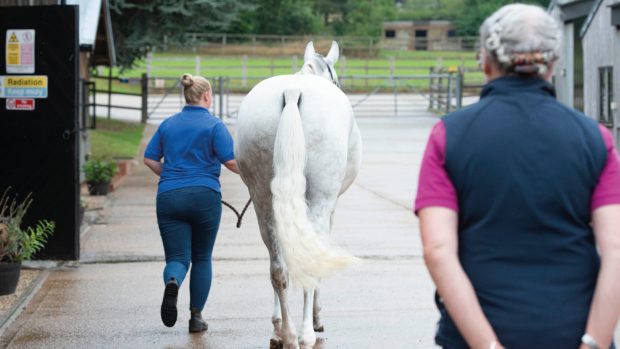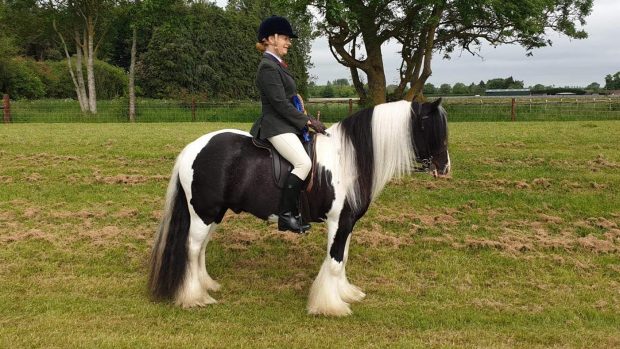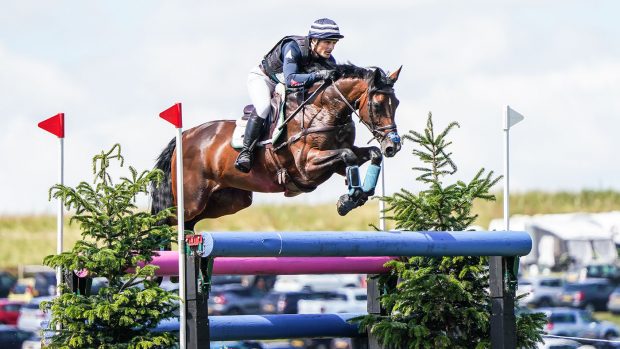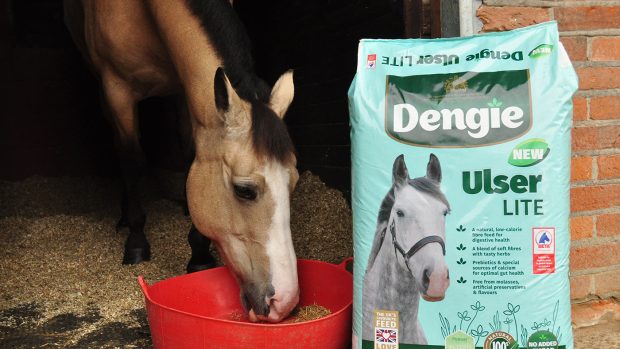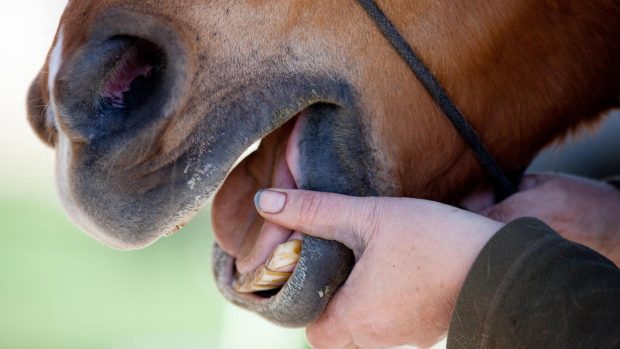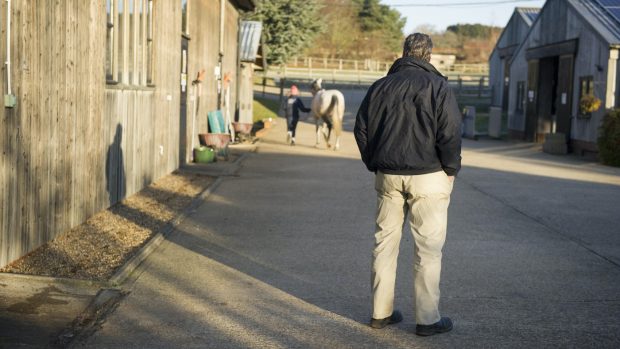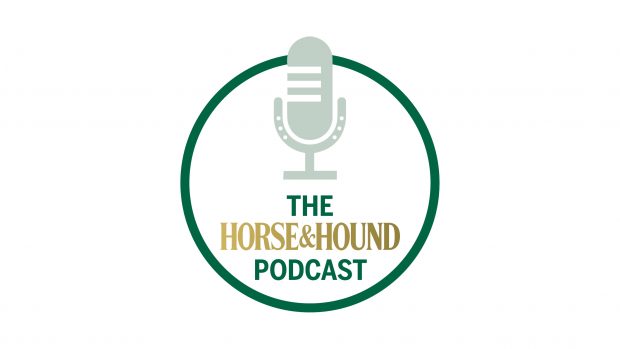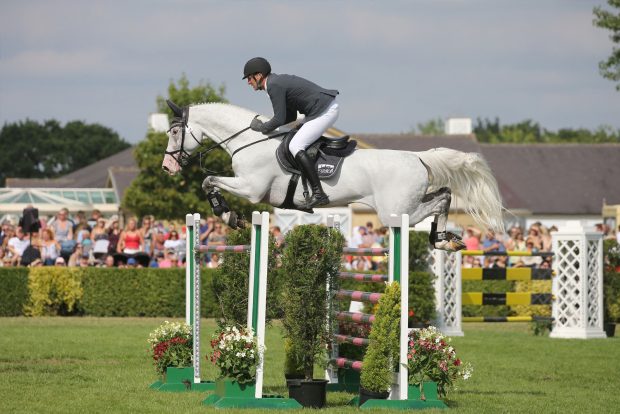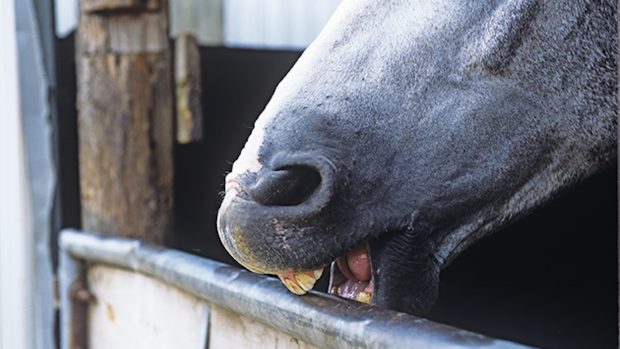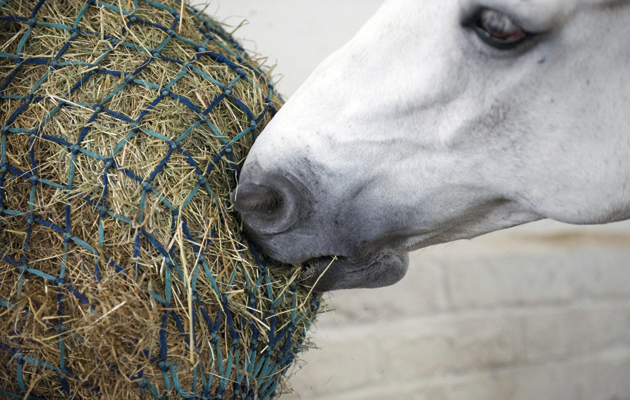Gastric ulcers
Gastric ulcers in horses are a common problem, particular among racehorses and elite competition horses, although they can be suffered by horse of all ages and types, particularly if they have limited access to forage or suffer stress. Foals are also susceptible. Ulcers can occur in both the upper (squamous gastric ulcers) and lower (glandular ulcers) parts of the horse’s stomach.
-

-

Expert advice for feeding a horse to avoid gastric ulcers
-

Feeding horses with equine gastric ulcer syndrome – what are the options? *Promotion*
-

‘This is an offence’ Government warning to riders after imported equine ulcer drugs worth thousands seized
-

Gastric ulcers in horses: the important facts every owner needs to know
-

Equine glandular gastric disease and alfalfa, with Dengie | A Horse & Hound Podcast promotional feature
-

Understanding equine gastric ulcers, with Dengie | A Horse & Hound Podcast promotional feature
-

‘I thought I’d ruined him’: emotional return to top form for Olympic horse
-

Balance the stomach pH – a guide to gastric supplements on the market
-

Equine gastric ulcers cause most insurance claims with many over £3,000
-

‘Something wasn’t right’: pony overcomes ulcer diagnosis en route to Hickstead place
-

The Dengie digestive health series: episode two | A Horse & Hound Podcast advertising series
-

The Dengie digestive health series: episode one | A Horse & Hound Podcast advertising series
-

Salivary test could help confirm or rule out equine gastric ulcers
-

Joint medication and ulcer signs: top vets’ views on potentially controversial equine health topics
-

The Horse & Hound Podcast: episode five – Anna Ross interview | Vet advice: gastric ulcers | News round-up
Grand prix dressage rider and trainer Anna Ross explains how she got into the sport from a non-horsey background
-

Gastric ulcers – did you know it’s now two distinct diseases? *Promotion*
-

Stress link between stomach ulcers and crib-biting, new study suggests
The new study suggests stress could be a common denominator between crib-biting and stomach ulcers
-

Owners failing to act to help horses with ulcers
Although awareness is high, fewer people than expected are using recommended methods of managing the condition
-

How should I feed my competition horse with gastric ulcers? Spillers explains... *Promotion*
Spillers' equine nutritionist Clare Barfoot provides one H&H forum user with some helpful advice on how to feed a horse with suspected gastric ulcers
